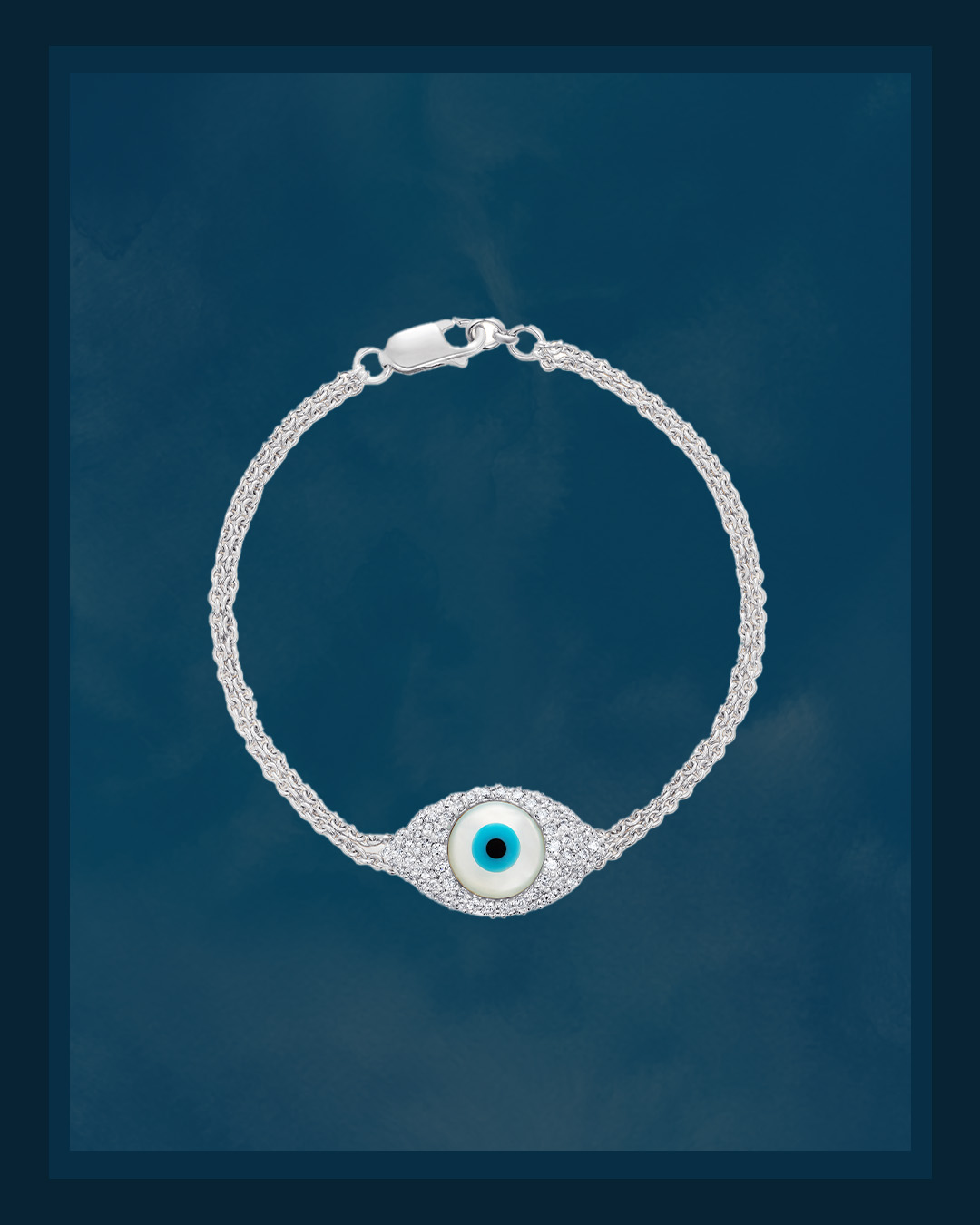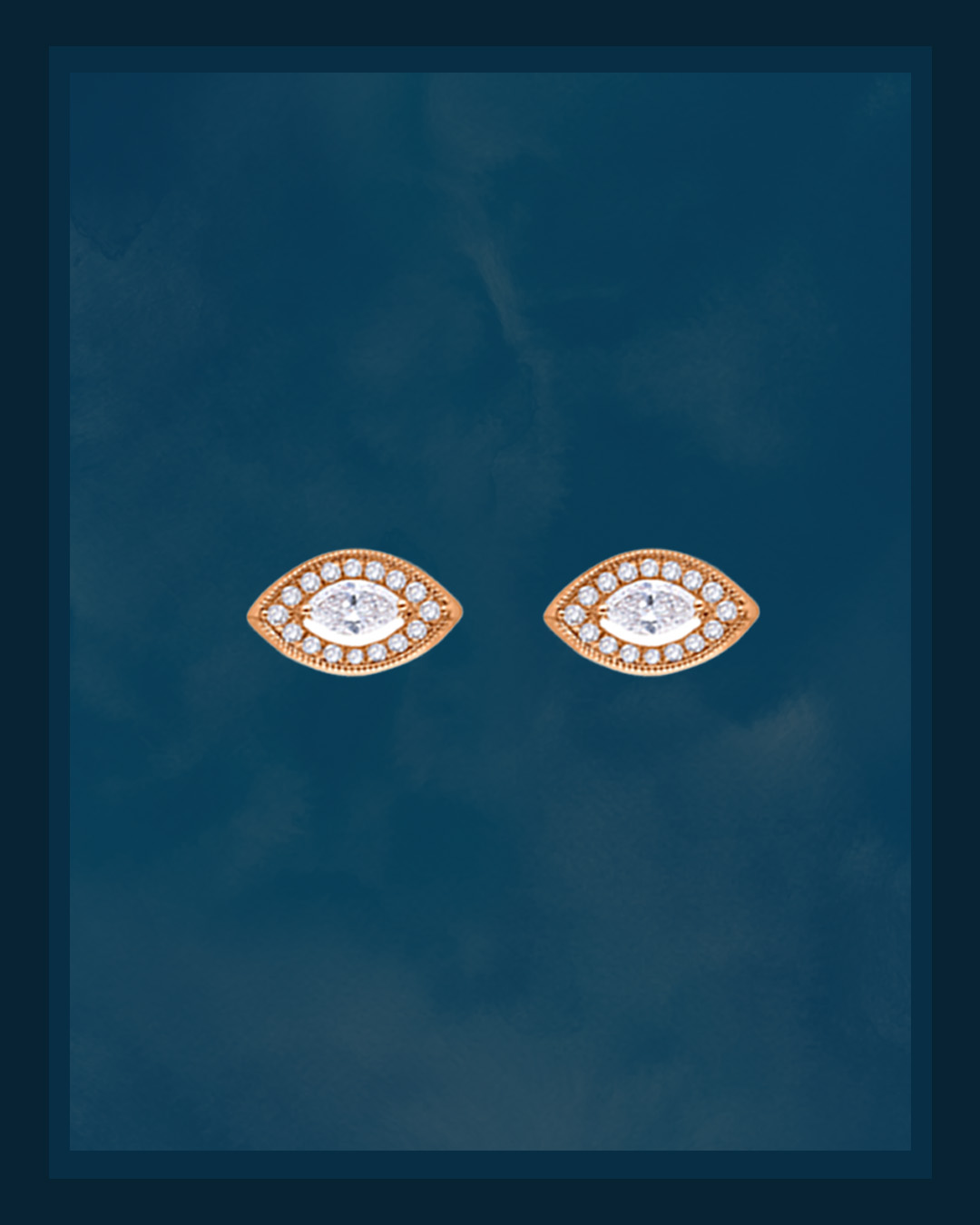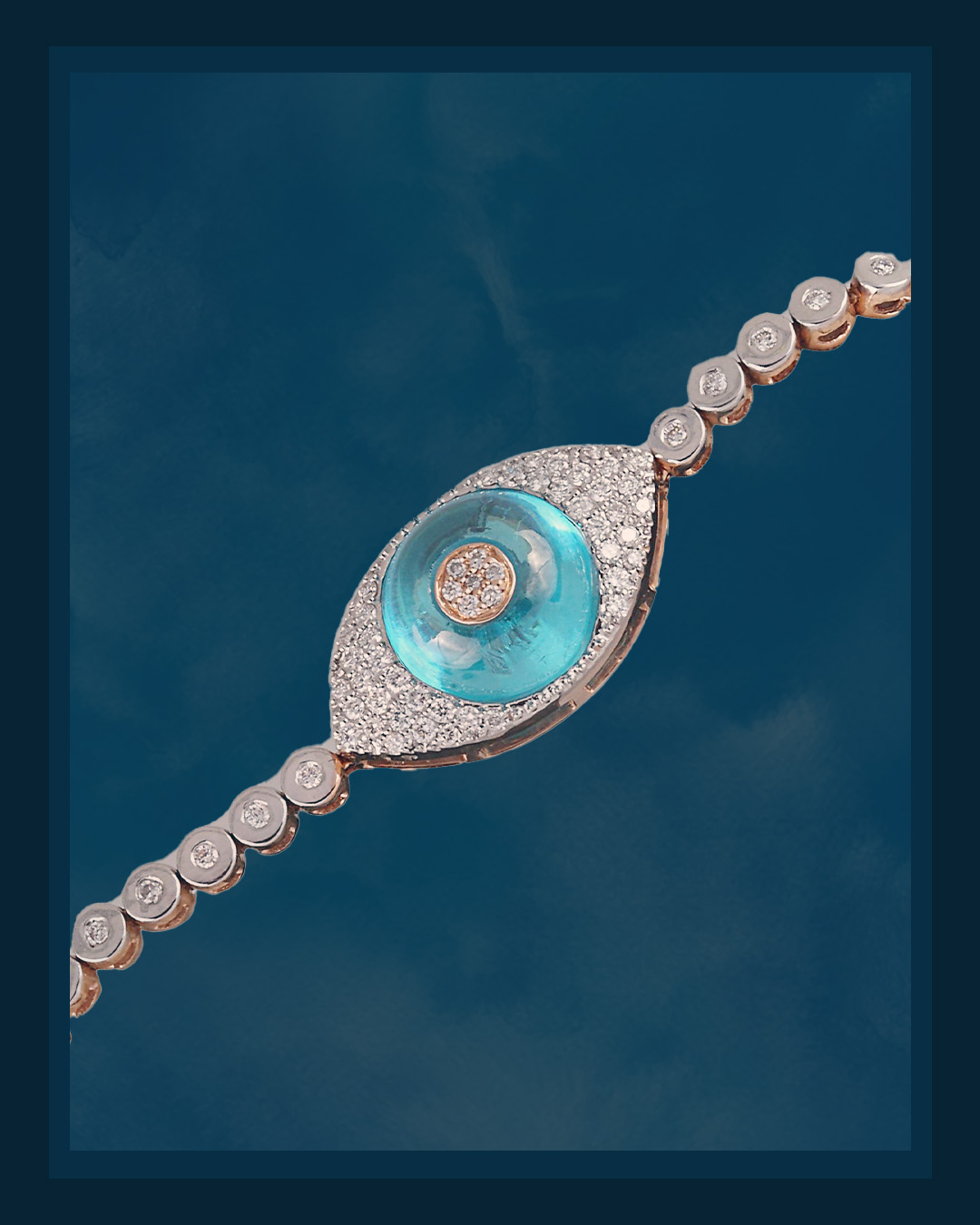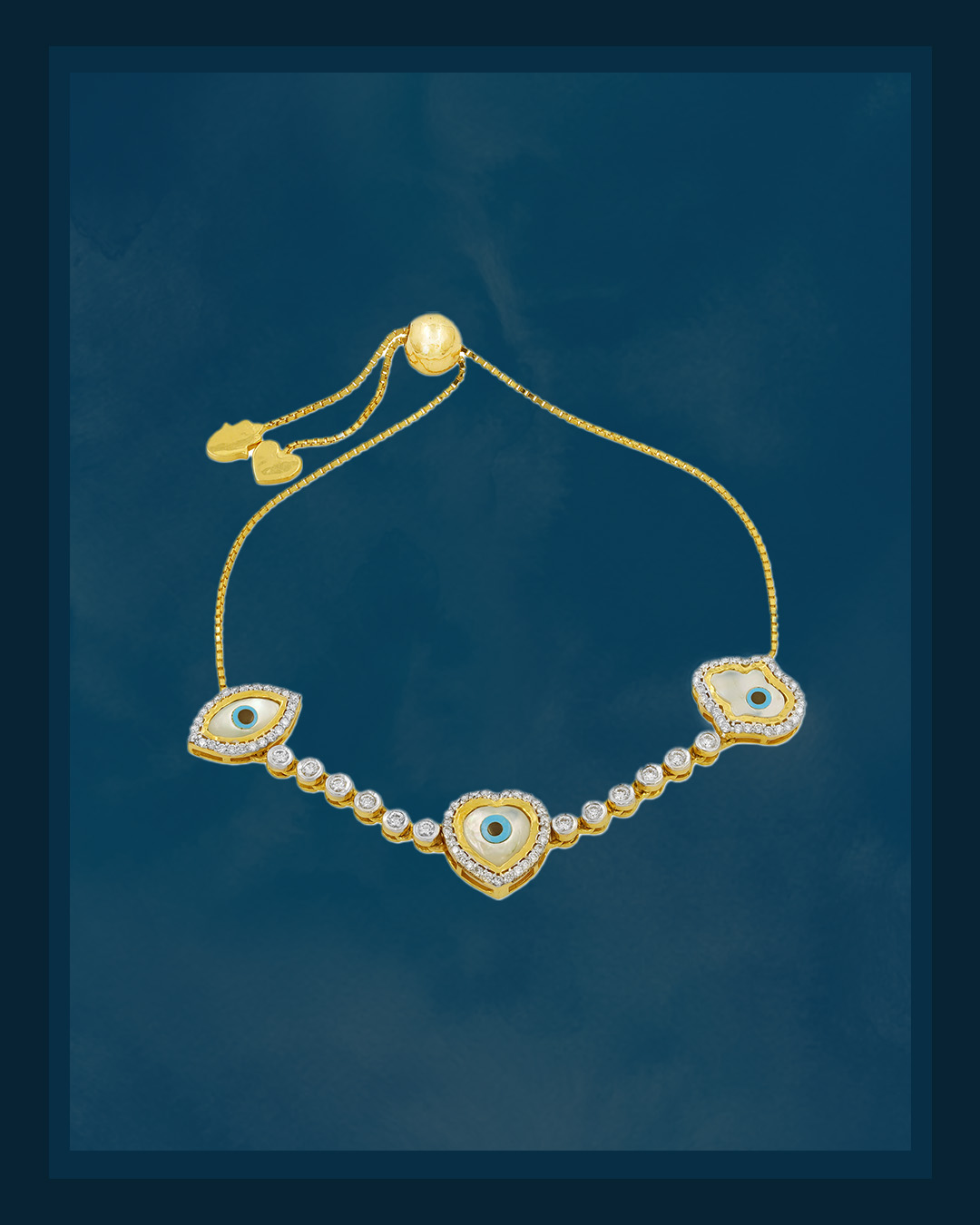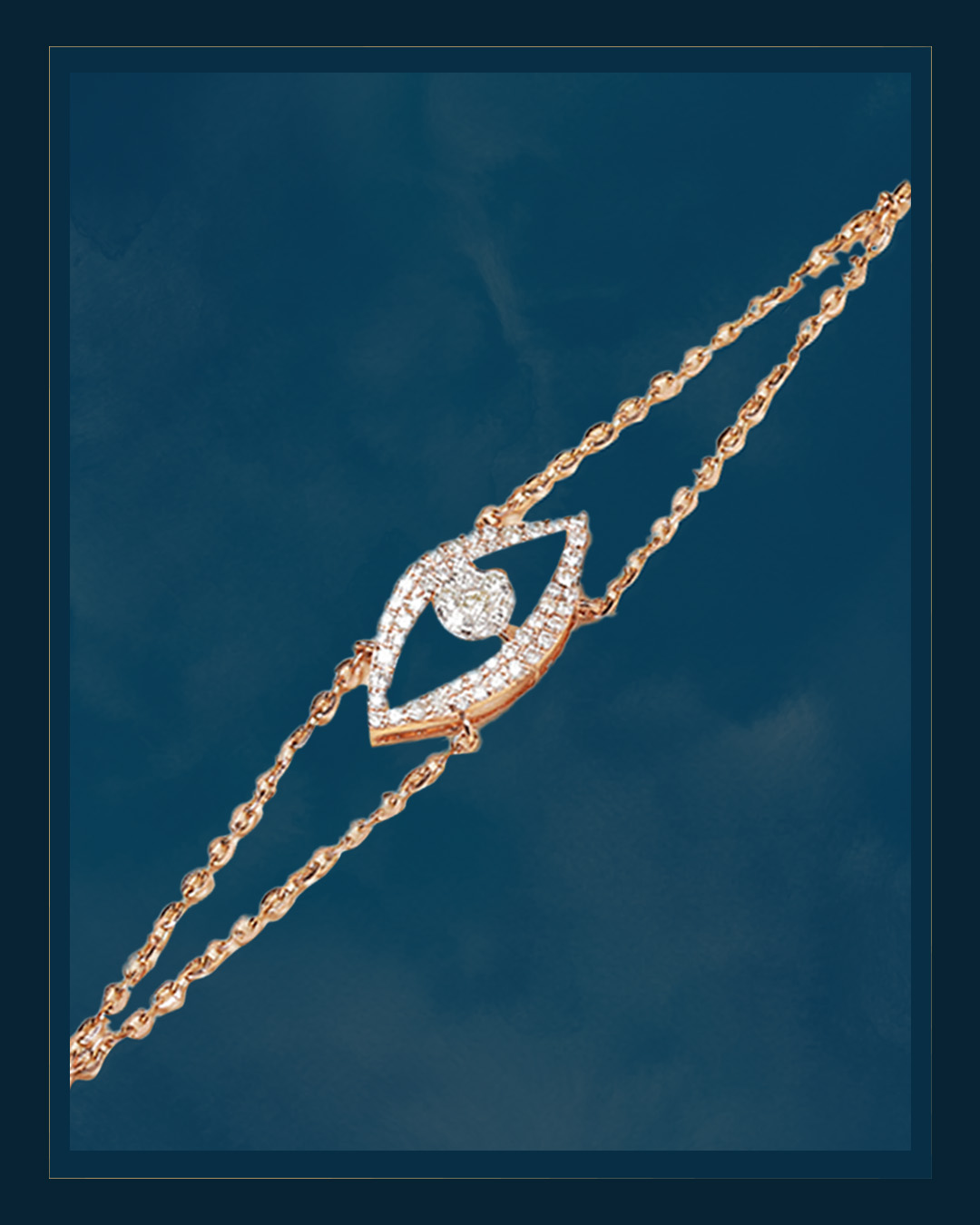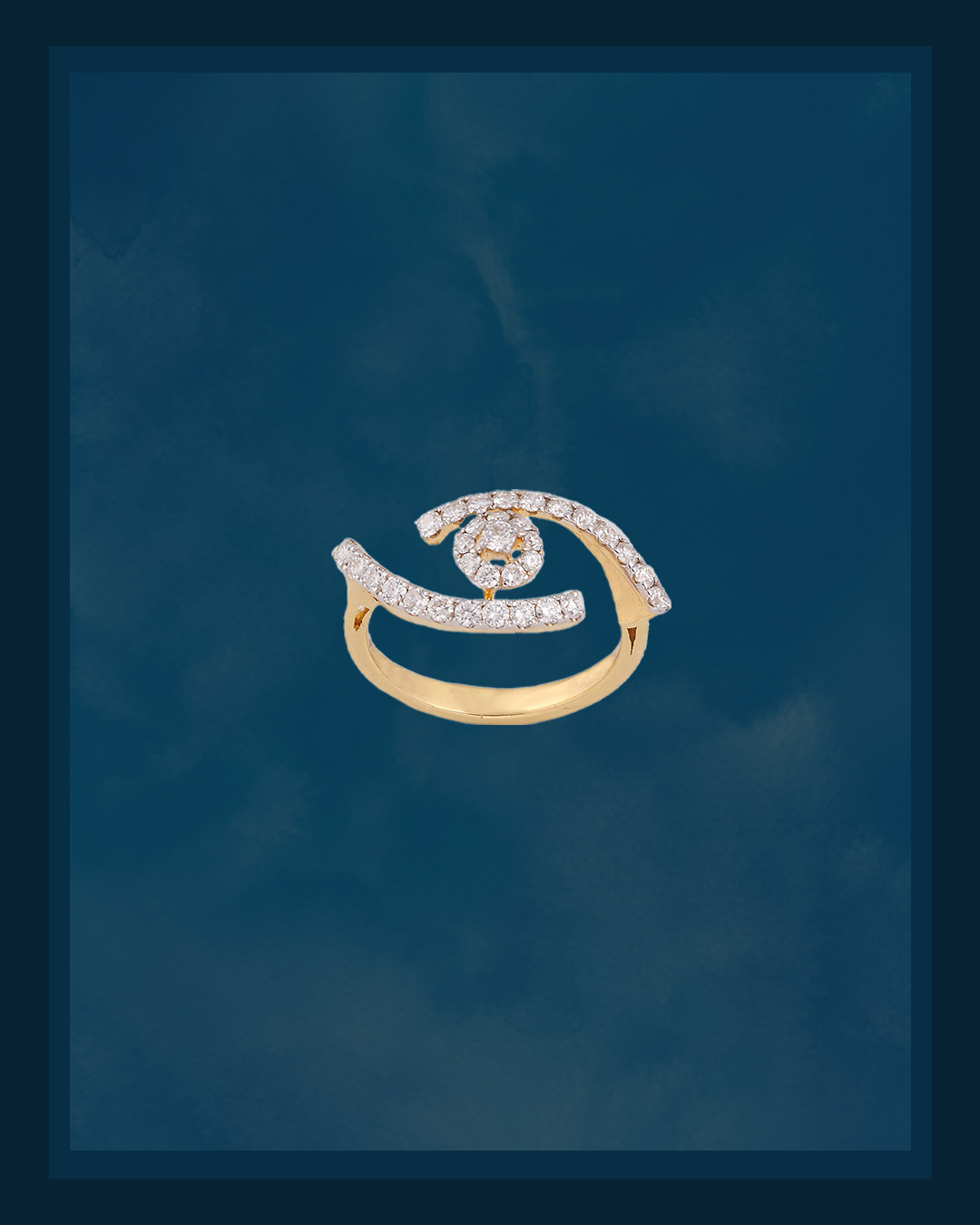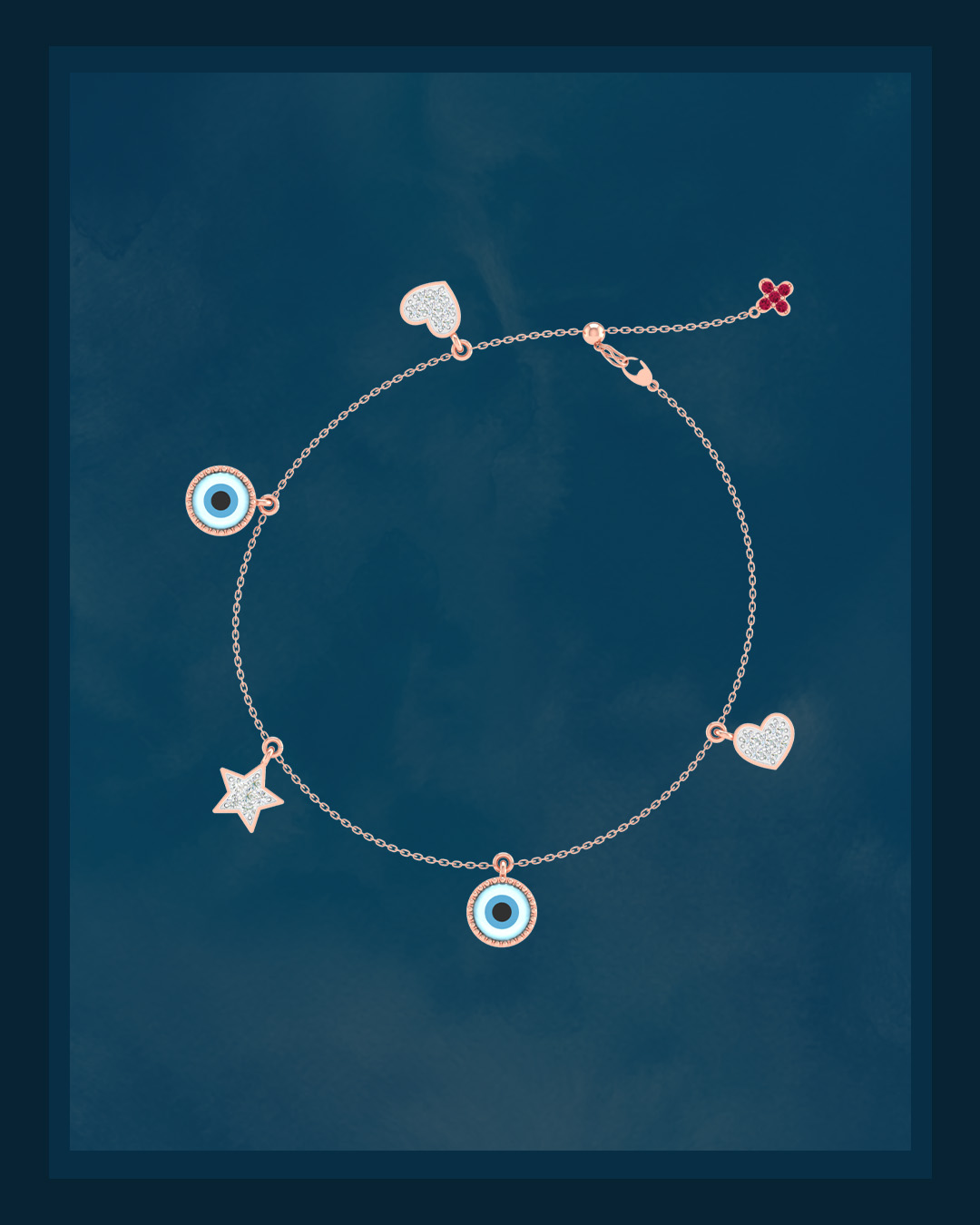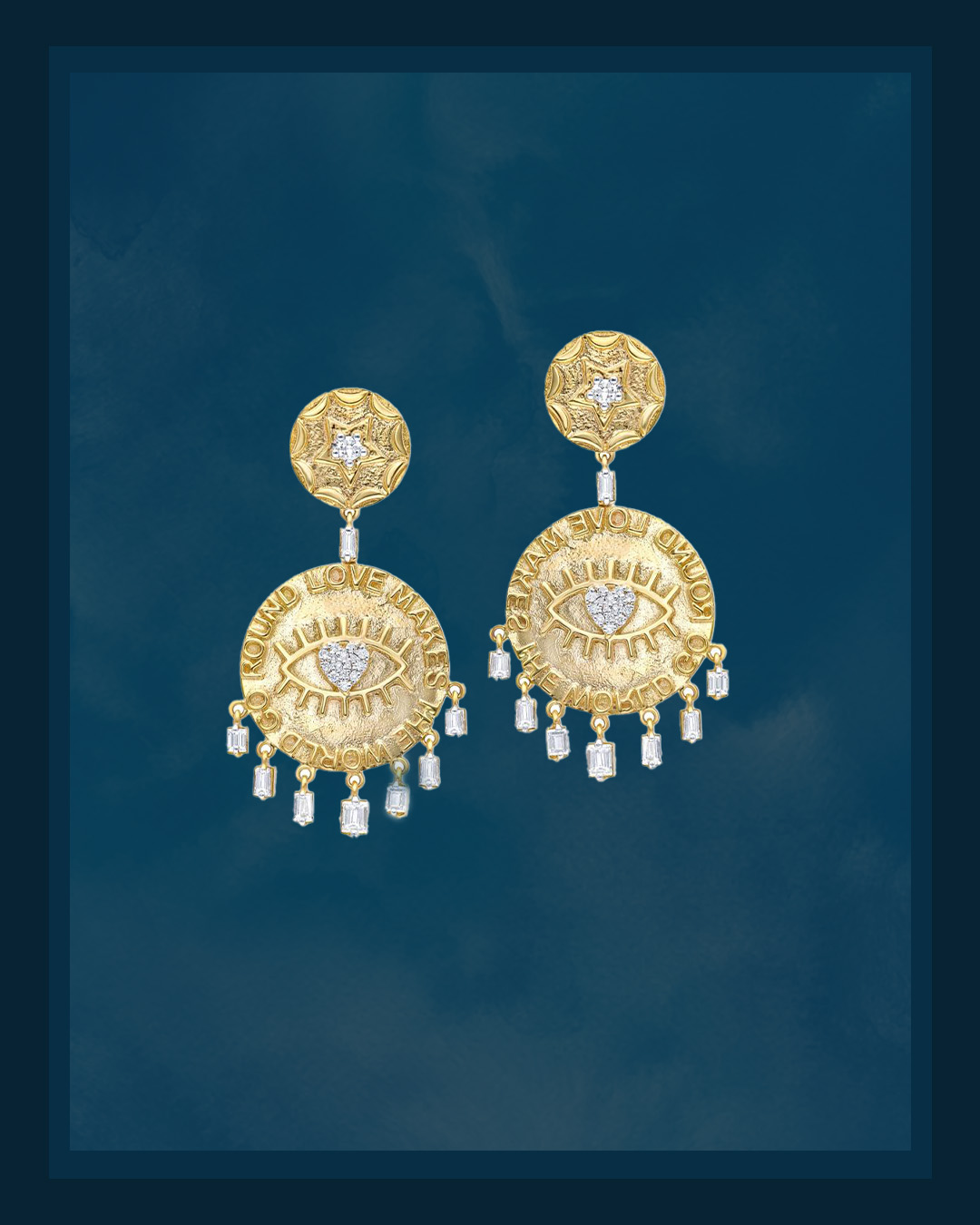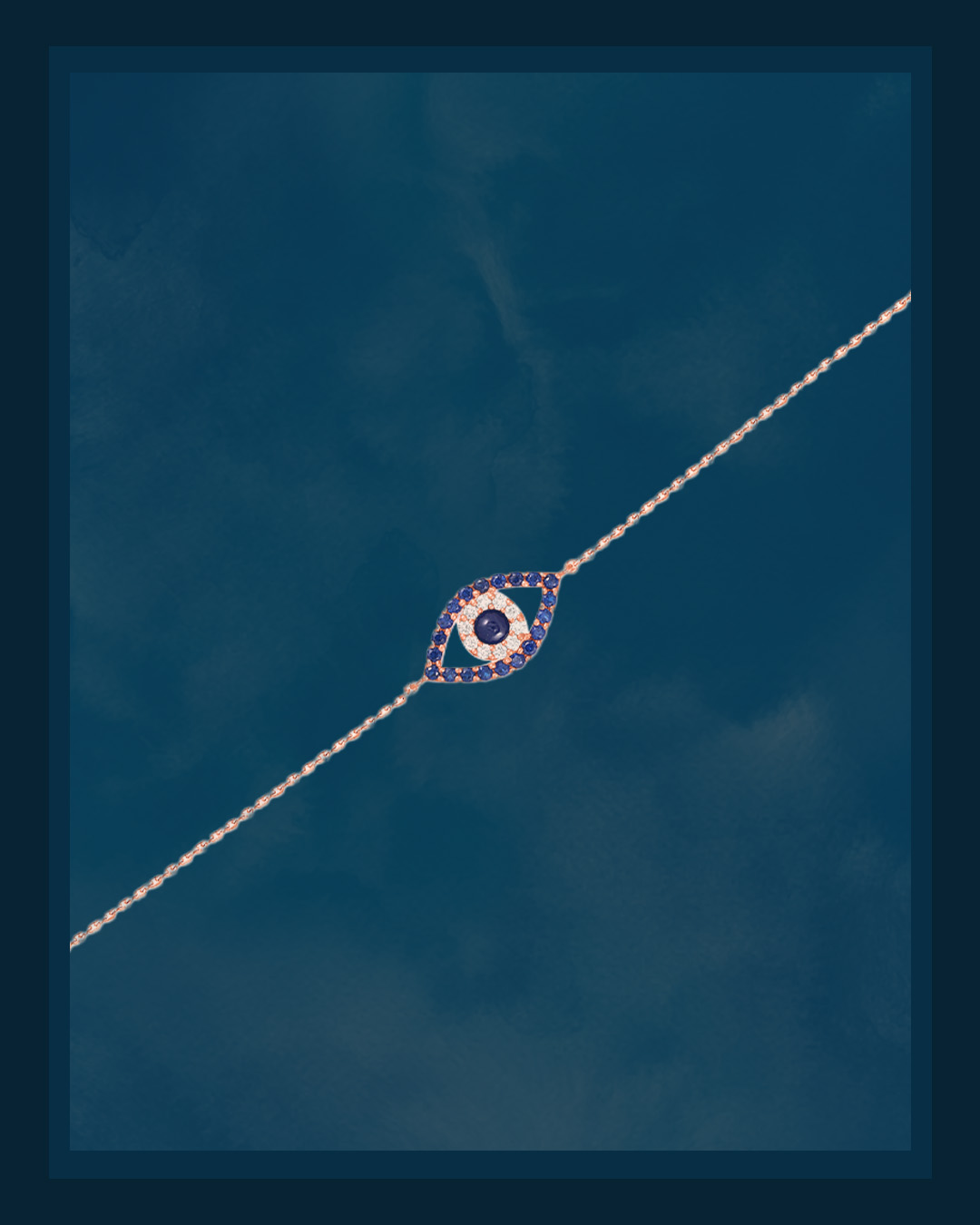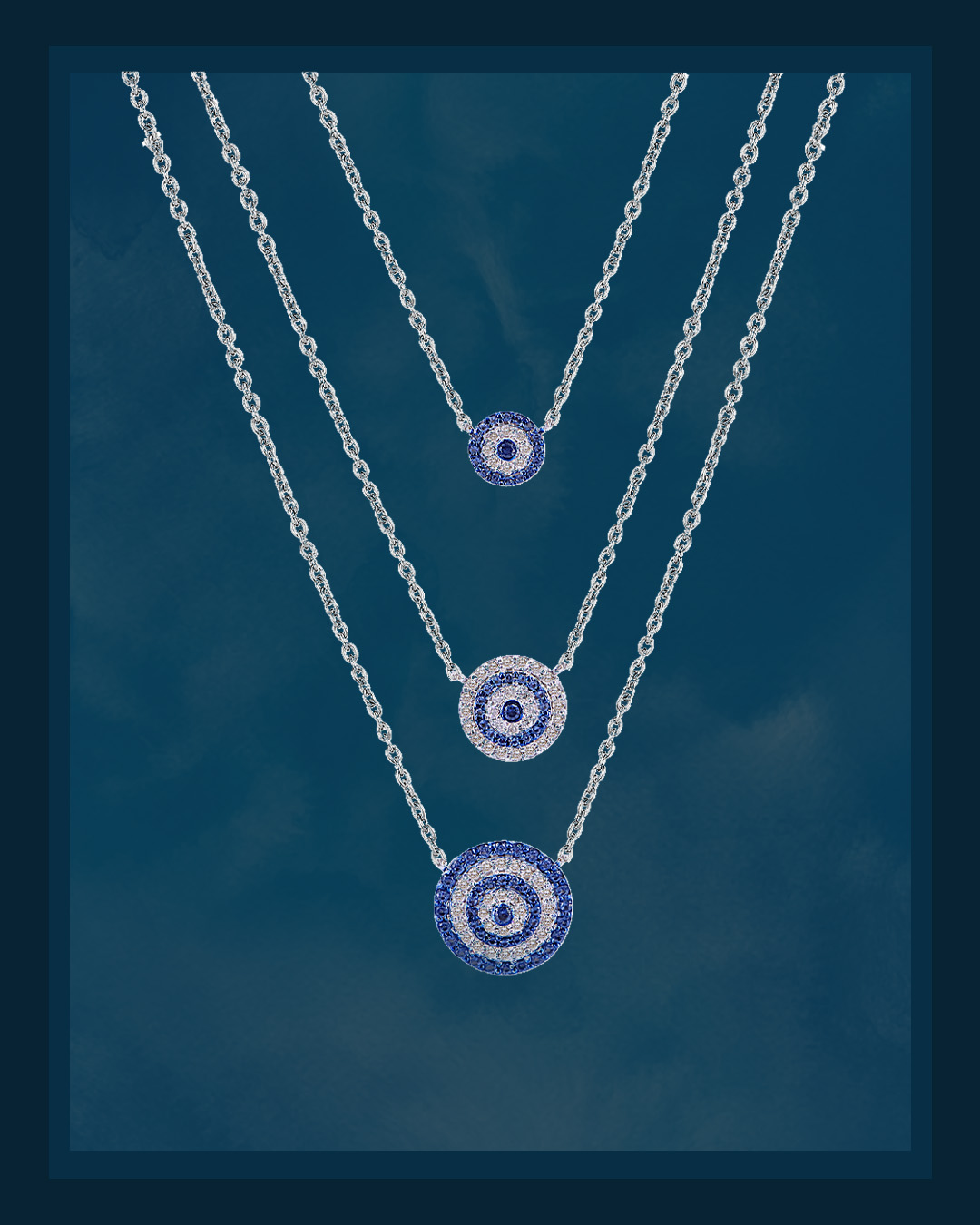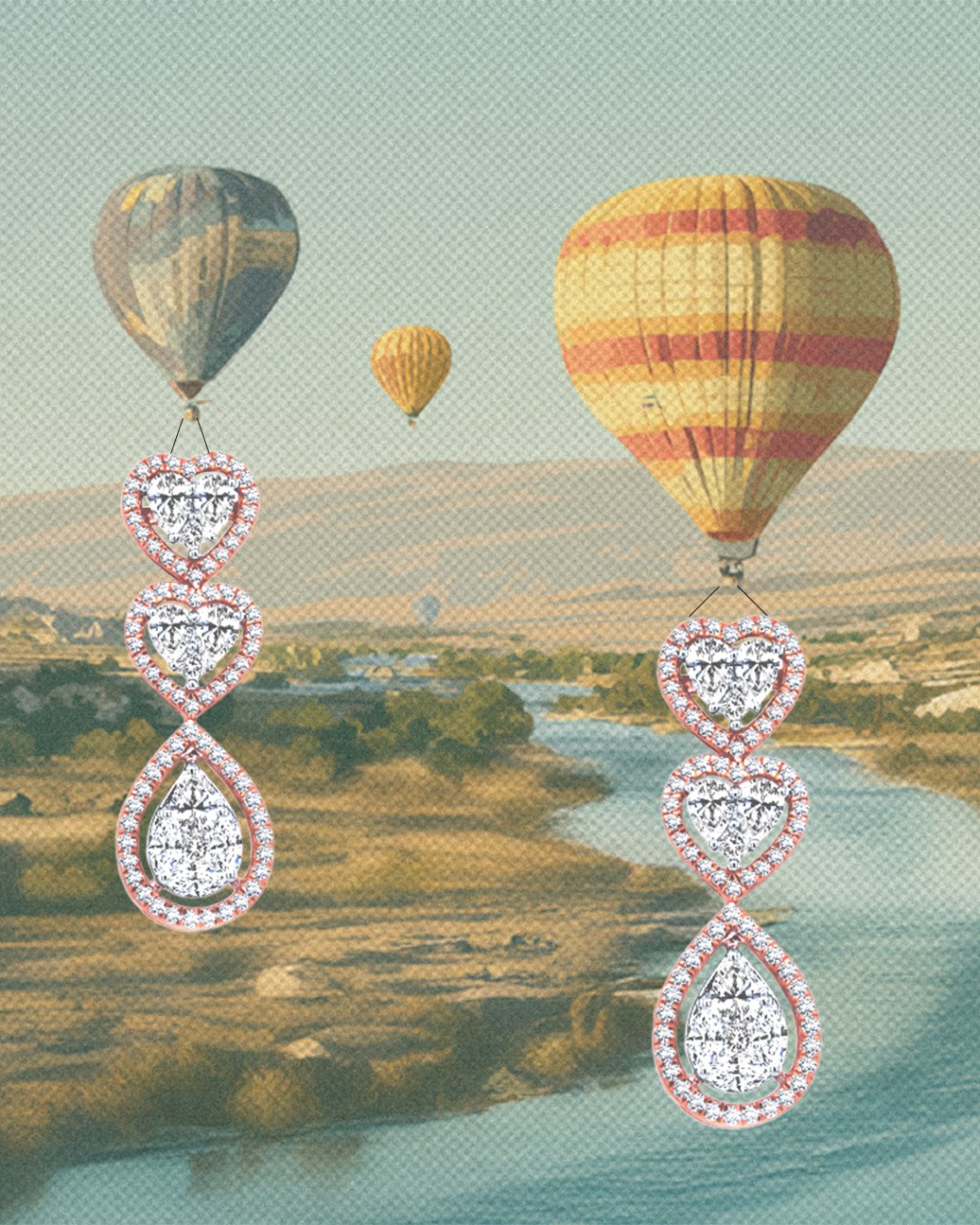Why Everyone’s Turning the Evil Eye Into Diamond Jewellery
As spirituality resurges, age-old talismans like the evil eye are being reimagined with natural diamonds to mark strength, protection and cultural power.
KAJ FINE JEWELLERY
The concept of nazar, the evil eye, has existed for centuries in India. It’s an age-old belief: that envy or ill will, whether intentional or not, can bring misfortune. To ward it off, people across regions and religions turned to protective symbols. Black threads tied around wrists or ankles, chillies and lemons hung at thresholds, and gemstones chosen for their astrological power, each acted as a shield against negative energy.
Among these, talismans held a special place. Passed down through generations, they carried not just spiritual meaning but history. So when the deep-blue glass amulet, known globally as the evil eye, began appearing in Indian homes, doorways, and wrists, it didn’t feel entirely foreign. Though its form – circular, cobalt, and often worn as a charm – came from the bazaars of Greece, Turkey and Lebanon, its symbolism and meaning were instantly familiar.
The humble amulet has since journeyed far from its folkloric roots. Today, it’s just as likely to appear in pop culture and fashion as it is in traditional households, its enduring appeal tied to our collective desire for protection, meaning, and beauty.
The Evil Eye Through the Ages
The evil eye—known in Arabic as ‘ayn al-ḥasūd, meaning “the eye of envy”—has been around for over 5,000 years. The earliest traces of this belief go back to Mesopotamia, where stories warned of the damage caused by an ill-intentioned gaze. Long before the blue bead we now recognise, the symbol took many forms. One such example, now preserved at the Met Museum, was excavated in Iran—an abstract dot-in-circle carved into bone or a stone, possibly meant to represent a protective eye or in ancient Egypt, there was also the Eye of Horus, buried with the dead to guard them in the afterlife. Over time, the idea of the protective eye has travelled, shifted shape, picked up new meanings and also took on different colours. It wasn’t until around the 6th century BCE, the Greeks began crafting blue eye-shaped beads. Some say it was because blue eyes were rare in the Mediterranean and a blue-eyed glare, unfamiliar and piercing, was believed to hold a certain power. Centuries later, somewhere between the 14th and 20th centuries, this idea found its most recognisable form that we so commonly witness today in Turkey, where artisans began crafting the nazar boncuğu—a bold, round amulet in vivid blue, layered with white, black, and pale blue to resemble an abstract eye.
Today, the evil eye appears across cultures and continents, woven into jewellery, hung at entrances, printed on textiles, and reimagined in modern design as both a symbol of protection and a style statement.
The Diamond Upgrade
Fast forward to the 21st century—as the world came closer through media and travel, cultures began to blend. The meaning behind ancient symbols remained, but the ways in which people sought protection, alignment, or spiritual grounding began to shift. The blue evil eye, powerful in its own right, started showing up in fine jewellery—elevated with precious metals, enamel, and most notably, natural diamonds.
Formed deep within the earth over billions of years, natural diamonds are among the most enduring natural materials known to us. Beyond their beauty and brilliance, they carry a sense of permanence, of something eternal and unchanging. When set into an evil eye talisman, the diamond adds a layer of meaning: turning a symbol of protection into one of lasting strength, clarity, and resilience.
Today, people wear these pieces not just as adornment, but as a conscious expression of intention and protection. These modern talismans blend the ancient and the eternal, the spiritual and the material—reminding us that true protection comes from both belief and lasting beauty. Natural diamonds, in this context, are more than just jewellery—they become vessels of meaning, passed on through time.
A Symbol of Protection,
Set in Natural Diamonds
This shift was subtle at first—seen on the streets of cosmopolitan cities, in the collections of contemporary jewellers, and in the accessories of a global generation that valued both beauty and meaning. It wasn’t just about warding off misfortune anymore—the evil eye set in natural diamonds was about wearing something with a message.
Like in 2019, when Meghan Markle, the Duchess of Sussex, was seen wearing Alemdara’s Altan necklace, featuring a delicate natural diamond pavé Hamsa hand and a blue evil eye on an 18-carat gold chain. She paired it with the ‘Against Evil Eye’ bracelet by Lorraine Schwartz, made with blue topaz and white real diamonds—a subtle but powerful example of how people turn to symbolic protection in moments of emotional vulnerability.
Or in 2020, when Gigi Hadid, who has Middle Eastern roots, was gifted a gold and natural diamond evil eye bracelet by celebrity jeweller George Khalife shortly after the announcement of her pregnancy with Zayn Malik, the message was clear: a blessing for what was to come, wrapped in fine diamond jewellery.
Now, from red carpets to airport looks, the protective eye, studded with real diamonds, has quietly become part of the modern wardrobe. The design has moved beyond the traditional blue-and-white motif, finding expression in fresh, inventive ways: coloured diamonds arranged in eye-like patterns, or minimalist silhouettes that subtly reference the iconic talisman. Today, the evil eye is woven into daily wear, stacked in delicate bracelets, layered with chains, or worn subtly under a shirt cuff at the office, blending ancient symbolism with contemporary style and intention.
Where Belief Meets Permanence
In a time when the world feels increasingly unpredictable, it’s no surprise that people are turning to symbols that offer a sense of control, clarity, and comfort. The rise of evil eye jewellery has been unmistakable. From luxury houses to bespoke designers, jewellers have embraced this ancient symbol, giving it new life in pieces meant to endure. The use of natural diamonds—with their own long-standing associations with strength, resilience, and clarity—has only deepened the meaning, turning centuries of belief into something tangibly lasting.
